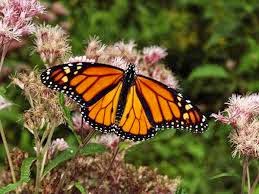MODERN CONVERSATION BETWEEN MAJOR EVOLUTIONISTS
Lamarck: Yo wassup dawgs. Did you know that acquired traits can be passed down through generations? Like if I get buff, my kids will be buff.
Mendel: Naw foo, only genetic traits can be passed down. Through the genes of the offspring are combinations of the genes of the two parents.
Darwin: Yea dude, Mendel is right. But what he missed was that the good traits, like having a strong body, can be passed down more easily cuz the stronger people would survive more. It's not that the parents become buff and pass it on, but that they have the traits to develop muscle faster. This is the process I like to call survival of the fittest. #NaturalSelection.
Lamarck: Wow, two versus one, that's not cool. You guys have an advantage cuz you came after me.. More technological advances allowed you two to make better observations.
Mendel: Haha, yea man, get with the program. A person can only inherit traits that their parents have, but he can acquire other traits throughout his life, which cannot be passed down. For example, a boy is born with blonde hair, but he dyes it red. When he has a kid with another blonde woman, the kid will be blonde, there is no chance that the kid will be a ginger.




































